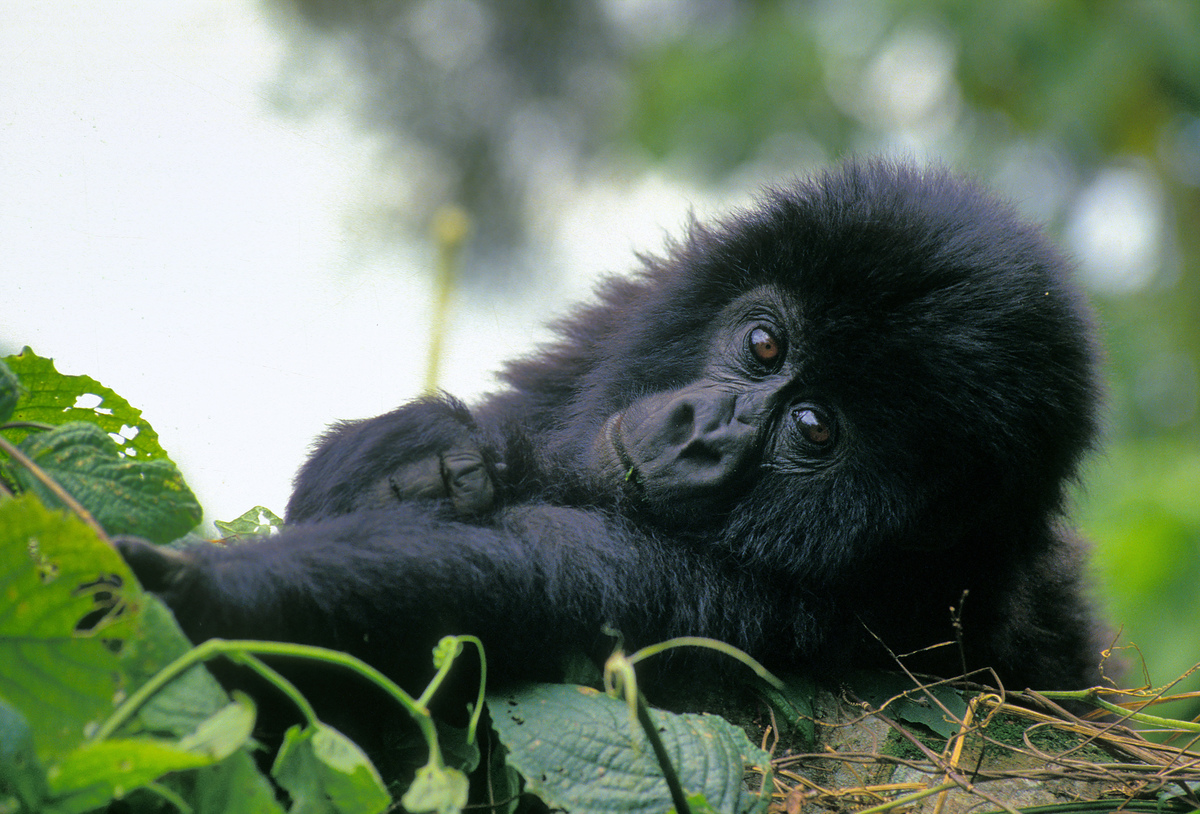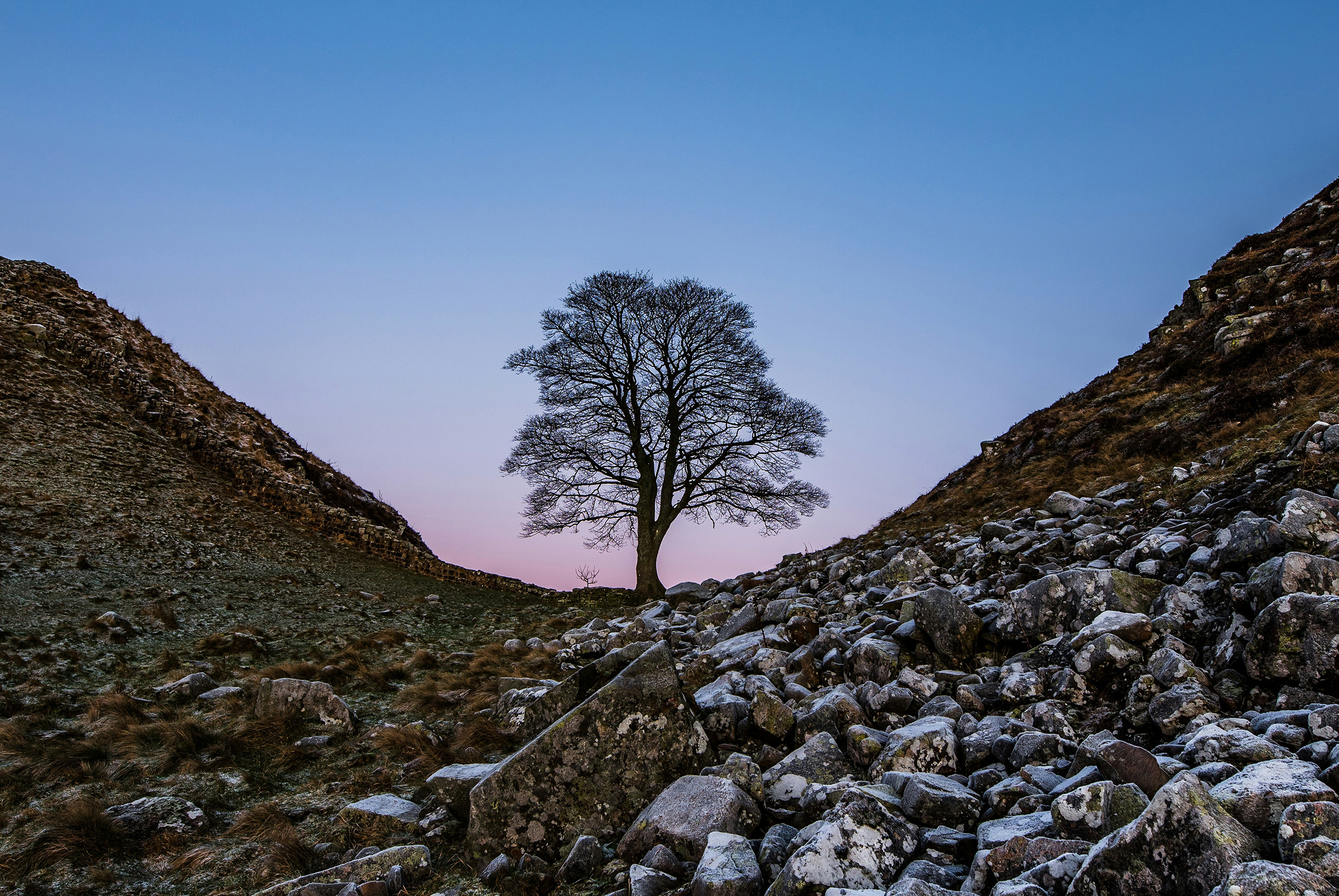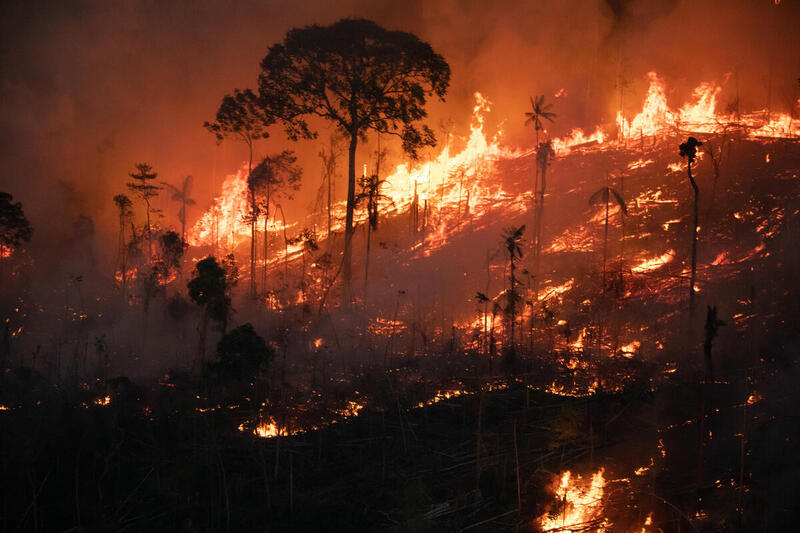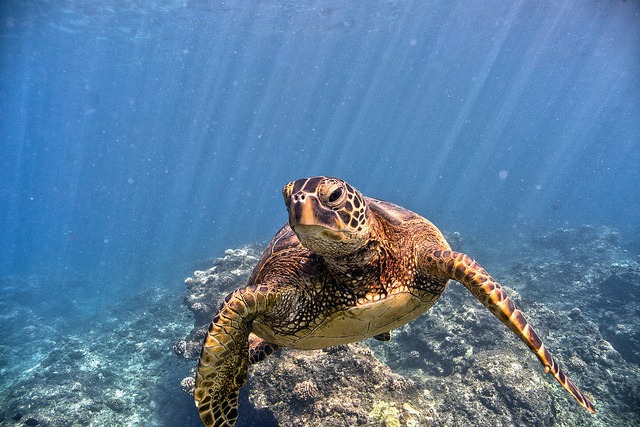The natural world is a vibrant kaleidoscope of life. This is what we refer to as ‘biodiversity’. It includes a web of around 8.7 million species, from tiny ocean plankton to land and sea mammals. It is a complex life support system that has been billions of years in the making. And each plant and animal contributes to this system in its own unique way.
Yet biodiversity is in serious danger, now more than ever. Species are going extinct between 1,000 and 10,000 times faster than normally happens in nature. Global wildlife populations have dropped by an alarming 69% on average since 1970. Some experts now believe that we’re witnessing the sixth mass extinction event in Earth’s history. Biodiversity loss is happening as a result of human activity and climate change.
But what does biodiversity mean, and why is it so important to us? What are the causes and effects of biodiversity loss? And more importantly, what can we do to protect it?
What is biodiversity?
Biodiversity, also known as ‘biological diversity’, is the variety of life found on Earth. It includes all living things, like bacteria, plants, fungi, insects, animals, and humans. But it is not simply the number of species in an area. It also includes the number of individuals per species, and the balance of different species’ populations. This is influenced by different environmental pressures and mechanisms of evolution, like genetic mutation. And the end product is the rich diversity of life we see today.

Baby mountain gorilla (about 1 year old) in the Democratic Republic of Congo. © Christian Kaiser / Greenpeace
Biological diversity is not spread evenly either. Some areas, such as the tropics, have high biodiversity. For example, the Amazon rainforest is one of the richest biodiversity hotspots on our planet. It is also home to more than 30% of the world’s species. Other areas, like the cold Arctic, have low biodiversity compared to the tropics. But they support unique, iconic species, like the polar bear, that have adapted to life on this frozen continent.
Why biodiversity is important
Biodiversity is the life-support system of our planet. We rely on it for food, energy, medicine, fresh water and soil purification, pest control, breaking down waste and many, many more. Without it, the environment couldn’t provide us with the things we need to survive.
Places that contain high biodiversity are also able to cope better with changes. They are more resistant to natural or human-related disturbances, such as climate change. They can recover quickly after major disasters, like wildfires.
The diversity of life also has significant economic value. Economists use the idea of ‘ecosystem services’ to describe the useful things a healthy environment provides humans for free. Many industries, like tourism, agriculture, and pharmaceuticals, rely heavily on ecosystem services.
Biodiversity also has immense cultural, spiritual and aesthetic value. Certain animals and plants hold great significance in many cultures. From the Indigenous Peoples of the Amazon to the cities of Europe, nature is an important part of our heritage and identity.
The uproar over the felling of the Sycamore Gap tree in England, for example, was about more than just a fallen tree. We lost an iconic cultural landmark with almost 200 years of history. We lost a beautiful piece of natural wealth, a source of inspiration for countless works of art, literature and music.

The iconic Sycamore Gap tree was a beloved landmark and formed part of the area’s local identity. Mark McNeill / Unsplash
The current state of global biodiversity
The current state of global biodiversity is quite alarming. We are losing many more animals and plants than in the past. This loss of species is estimated to be 1,000 to 10,000 times greater than what happens naturally. And it shows no sign of slowing down.
WWF’s Living Planet Report shows that wildlife populations have declined by an average of 69% since 1970. This is particularly the case in the tropical regions, which are also home to some of the world’s most biodiverse landscapes. Also, over 150,300 species are on the IUCN Red List. 42,100 of these are in danger of extinction in the wild. They include amphibians, mammals, birds, sharks, rays, corals, and conifers.
The current figures on biodiversity loss show us how much we have affected the planet. Almost all of Earth’s ecosystems have seen dramatic changes over previous generations. Animal species are disappearing before they have even been discovered. And some experts believe we are in the midst of a sixth mass extinction. If many species die off at once, or on a large scale, there will be fewer or no species to fill the vacuum. And the delicate balance of nature is lost. This is of real concern because we depend on many important ecosystem services, including clean water, fresh air and sustainable food production.
The main causes of biodiversity loss
The loss of biodiversity is mainly caused by human disturbances on land and at sea. Human activities, like farming and livestock grazing, are affecting land and freshwater ecosystems. We are also cutting down more trees, altering and fragmenting habitats, and driving endangered species closer to extinction. And, in many cases, these threats are interconnected. They often act together to have a much bigger, lasting impact on a global scale.
Climate change and global warming
Climate change is mostly driven by the burning of fossil fuels, such as coal, oil and gas. It is also a consequence of other activities, like cutting down forests for farming and livestock grazing. This releases greenhouse gases, warming the planet and destabilising the climate.
The climate crisis is having serious impacts on biodiversity. It disrupts the lifecycle of animals and plants, as well as their behaviour, such as annual bird migration. It affects life on land, like the catastrophic 2019–20 Australian bushfires that affected nearly three billion animals. At the same time, rising CO2 levels are endangering sea life by raising ocean temperatures and acidity levels.
Deforestation, habitat loss and fragmentation
Deforestation, habitat loss and fragmentation are among the biggest threats to biodiversity. When a habitat is fragmented, it’s divided up (by roads, for example) leaving behind a number of isolated, smaller pieces of the original habitat. This makes it harder for animals to move, feed and mate freely. It also affects ecosystem processes that rely on the movement of species, like nutrient cycling and seed dispersal.
Habitat loss is especially bad in the tropics, which are home to much of the world’s biodiversity. We lost nearly 21 million acres of tropical rainforest every single minute in 2019.

A fire blazes in the Amazon Rainforest. Fires are often started on purpose to clear land for farming. © Nilmar Lage / Greenpeace
But the UK’s unique habitats are suffering too: our peat bogs and chalk streams, for example, are also being trashed at speed.
Agriculture is the leading cause of deforestation. This is followed by illegal logging, mining and the building of roads and dams. In South America, local farmers and large agribusinesses are clearing forested areas for cattle grazing and growing soybeans. This is happening on such a massive scale that it is the single biggest driver of deforestation in the world.
Overfishing and overexploitation of the seas
Overfishing is one of the main causes of marine biodiversity loss, especially when you look at the current trend. It is estimated that around 80% of the world’s fish stocks are already over-exploited, depleted, or on the brink of collapsing. Worldwide, 90% of the stocks of large predatory fish, such as sharks, tuna, marlin, and swordfish, have already collapsed as a consequence of overfishing. There is a serious risk that commercial fish species may not be able to recover unless urgent measures are put in place to protect our oceans.
Other human activities, like climate change and plastic pollution, are also affecting sea creatures and their habitats. These disturbances underwater are disrupting food chains and reducing population sizes. And ultimately, overexploitation drives species towards extinction, resulting in marine biodiversity loss.
Extraction and use of fossil fuels
The extraction and use of fossil fuels, like coal, oil and gas, also play a role in polluting and destroying habitats. This can be devastating for marine and coastal biodiversity. Not only this, but it also affects human communities near extraction sites and oil pipelines.
For example, the Deepwater Horizon oil spill is one of the largest offshore oil spills that released 134 million gallons of oil in the Gulf of Mexico. As well as the immense human cost of the disaster, it killed thousands of marine mammals in the immediate aftermath. But there were long-term impacts too. Exposure to oil and absorbing contaminants through the skin can have a lasting effect on marine life. Oil spill effects can last for years or even generations, reducing their chances of survival and reproductive success. This leads to a decline in wild populations and a loss of biodiversity over time. The health effects of oil spills on humans are well studied and documented, too.
How to protect biodiversity
While we are responsible for the ongoing decline in nature, we can also be part of the solution.

A green sea turtle in Papahānaumokuākea marine national monument, a massive ocean sanctuary in the Pacific.
But to really make a difference, it’ll take large-scale changes in policy, law, funding, and cooperation on a global scale. These can include:
- Establishing more protected areas, such as national parks, wildlife reserves, and marine protected areas, to safeguard wild habitats and their biodiversity. Greenpeace is campaigning for the ‘30 by 30’ target: protecting 30% of the planet for nature by 2030.
- Support for environmentally friendly practices like sustainable forestry, agriculture and agroforestry.
- Taking action against climate change: regulating carbon emissions, setting emission standards and caps to limit pollution from industries, transportation and energy production on air, land and sea.
- Allocating more resources and funding for conservation efforts and programmes that protect wildlife and their habitats, particularly endangered species.
- Global agreements to tackle pollution at the source, for example through a Global Plastics Treaty.
- Supporting international cooperation to protect our global biodiversity. Currently, the Convention on Biological Diversity sets conservation goals for the vast majority of the world’s governments.
